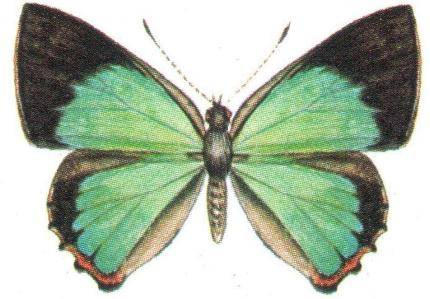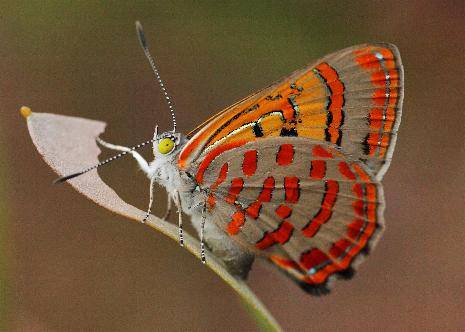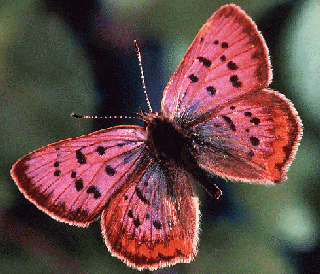Iris sp.

Astro Blue Iris,
Salem, Oregon nursery
I'm in love with this one. *sigh*
Astro Blue Iris,
Salem, Oregon nursery
I'm in love with this one. *sigh*
Follow along with the video below to see how to install our site as a web app on your home screen.

Note: This feature currently requires accessing the site using the built-in Safari browser.
Thanks, It's real pretty.Oye beauty.
Go buy 3 of these
Hamelia patens
Hamelia patens butterfly video:
Thanks for the grasses photos. They are less well-known as lepidoptera host plants.
A special thanks for posting the Hamelia patens, Likkmee. After seeing yours' and badger2's posts, I'm tempted to go to the nursery and find that pretty - nectar plant. Grandma Shurtleff had one that was like that except a pioneer honeysuckle bush in her yard, and boy did the bees buzz around it, mainly. I wasn't really crazy about Lepidoptera until I moved back to Texas in 2009. I almost flipped out when I saw how they adored this property I live on, and their colors and kinds were all over the map. I started buying butterfly books, refound the Cockrell Butterfly Center after visiting it no telling how many years ago when I returned to Houston to visit family one year. It was in a makeshift large greenhouse covered with plastic stuff back then, in or around its first year or two, and when I got back here in 2009, Holy cow, it was a 4-story waterfall building glassed in next to the planetarium that was built the year before I left for College really near downtown Houston near the Zoological gardens, where the first buttefly habitat was on my visit.Oye beauty.
Go buy 3 of these
Hamelia patens







